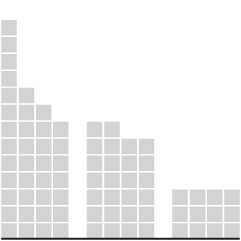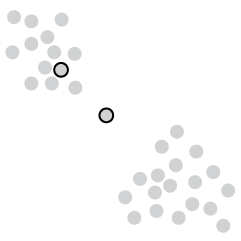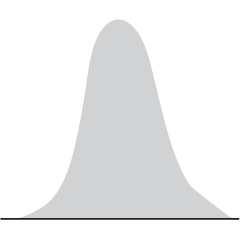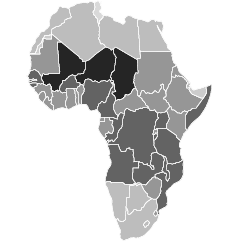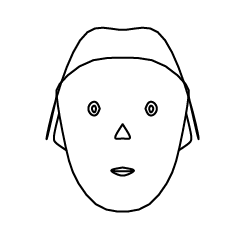Sometimes I check Donald Trump’s Twitter feed, as many find themselves doing and quickly regretting. There’s definitely a certain style to some of the tweets. But there are also tweets that don’t seem so “sad!” David Robinson was curious if you can see this difference if you look at tweets sent from an iPhone and those sent from an Android phone.
There appears that you can. Angrier tweets tend to come from the Android and the less angrier ones tend to come from an iPhone. Do what you want with that information.

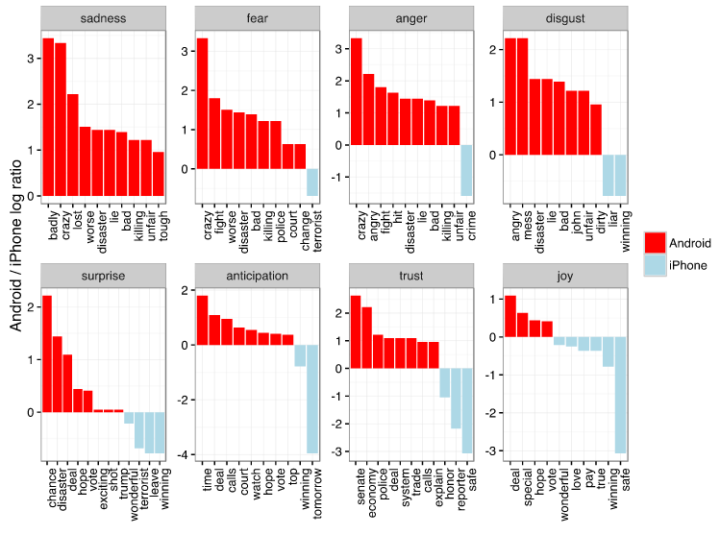
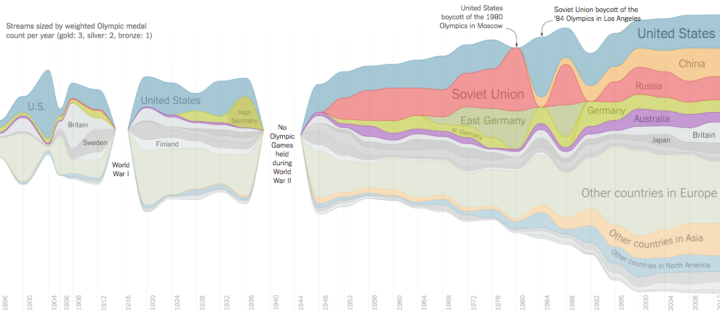

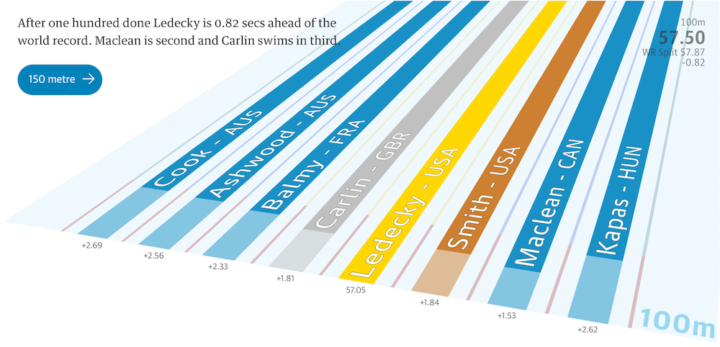
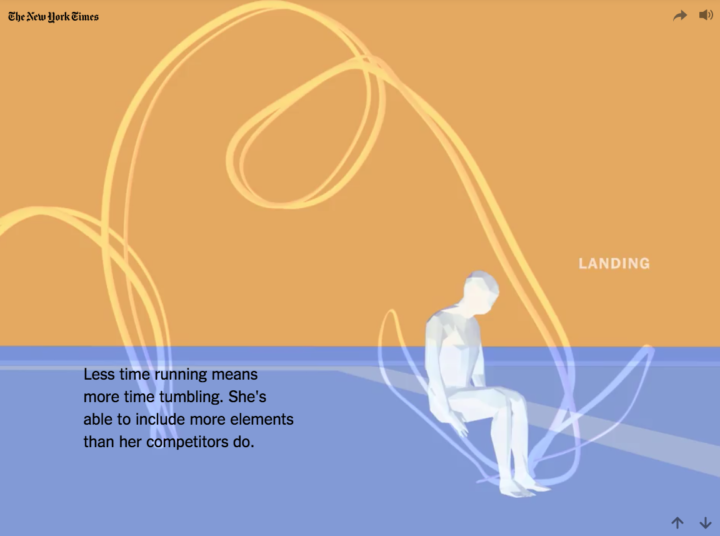
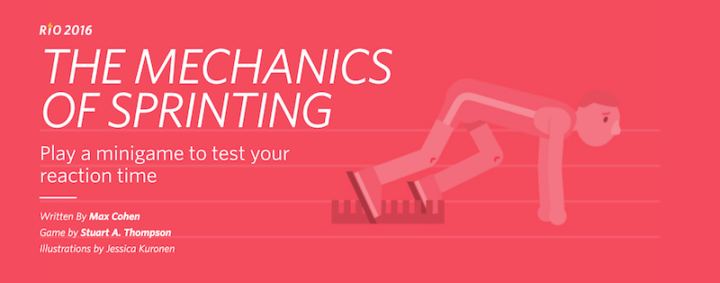

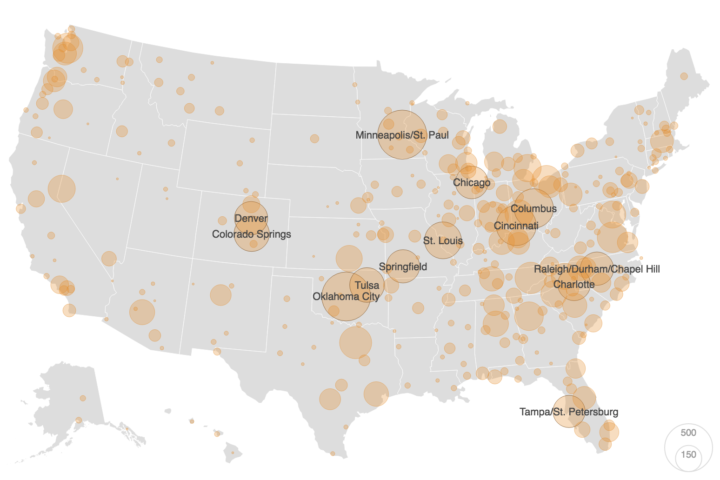
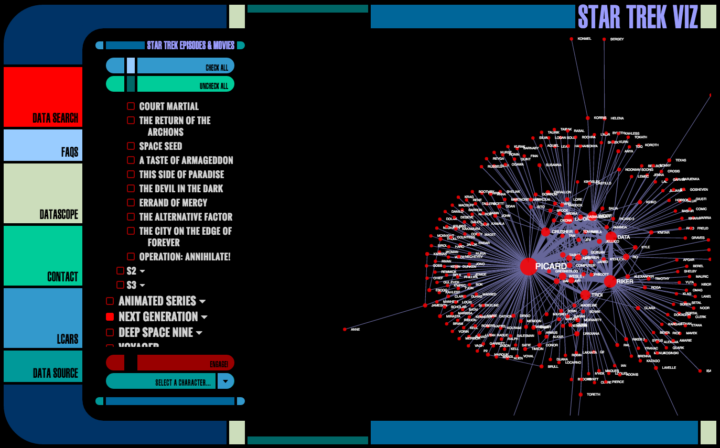
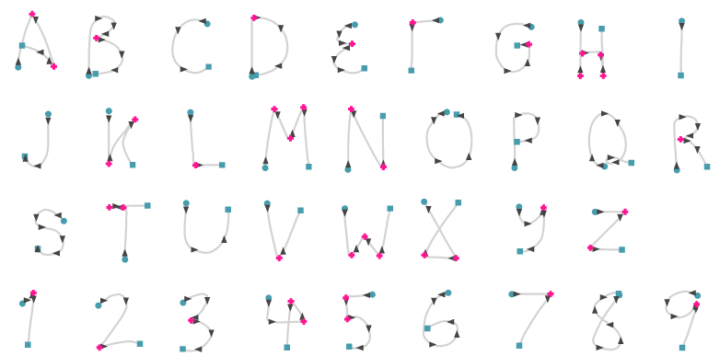
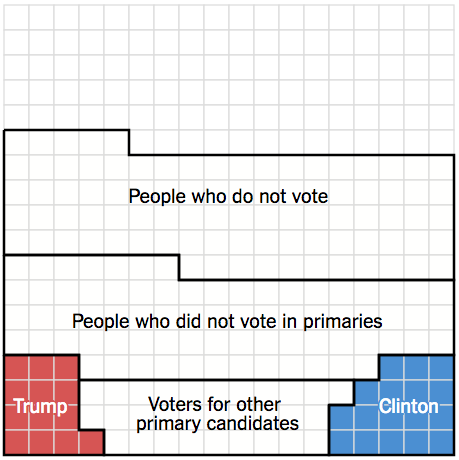

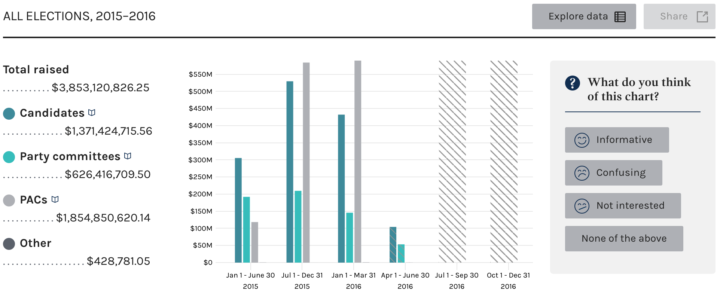

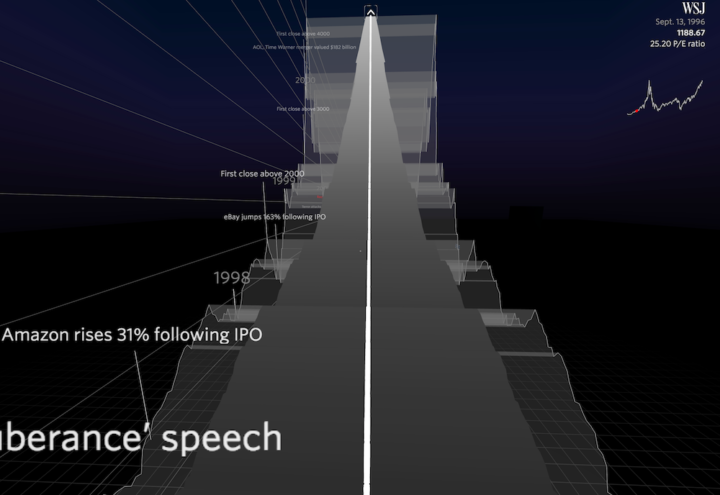
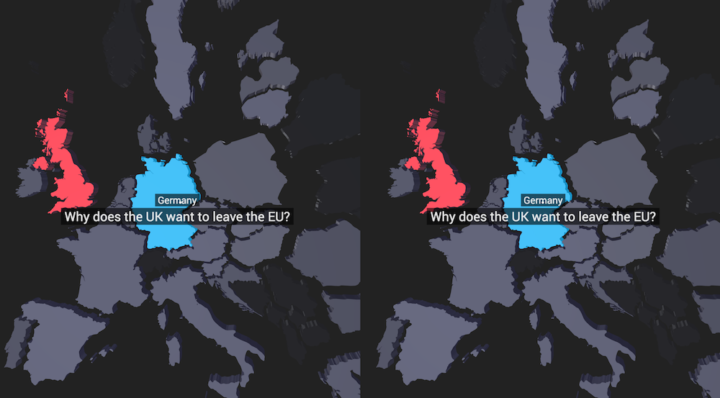
 Visualize This: The FlowingData Guide to Design, Visualization, and Statistics (2nd Edition)
Visualize This: The FlowingData Guide to Design, Visualization, and Statistics (2nd Edition)


